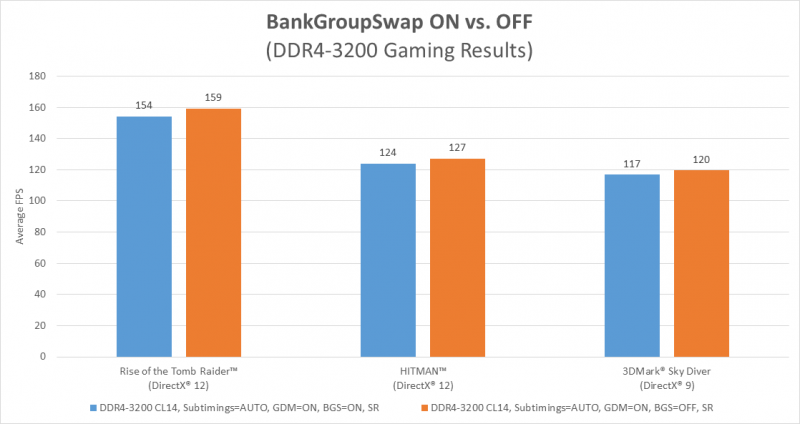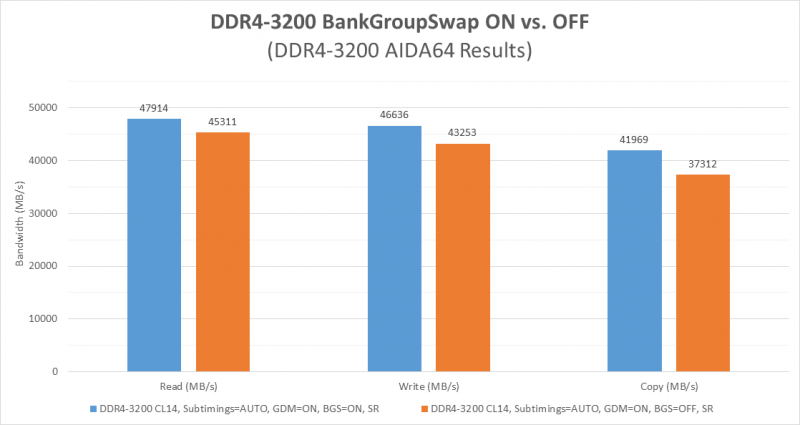AMD Reveals AGESA 1.0.0.6 Ryzen Performance Gains
Ashley Allen / 7 years ago
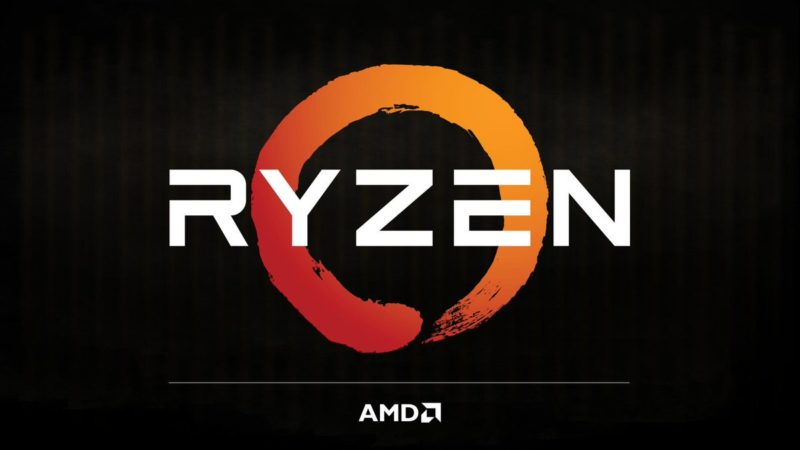
AMD’s Ryzen processors hit big, but the chipmaker is still making efforts to improve the performance of the popular CPUs. Two months ago, it released its AGESA 1.0.0.6 firmware update. Following the slow rollout by motherboard manufacturers, 1.0.0.6 is now starting to make an impact. In fact, according to AMD, 1.0.0.6 is boosting Ryzen performance. The results using 1.0.0.6 – while provided by the manufacturer, so far from impartial – are impressive, compared to the stock settings.
AGESA 1.0.0.6 Ryzen Performance Boosts
AGESA 1.0.0.6 brings with it two new features: Bank Group Swap (BGS) and Geardown Mode (GDM). The former determines how applications handle physical addresses, while the latter can boost memory speeds by reducing command and address bus data rates. The two modes certainly seem to help boost Ryzen performance. In particular, DDR4 RAM benefits from 1.0.0.6, especially Dual rank DIMMs. The stats – if they’re to be believed – speak for themselves:
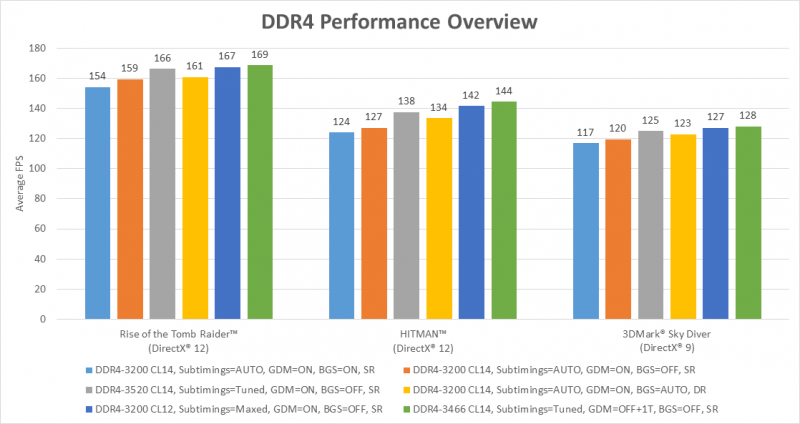
While the results are hardly jaw-dropping, we should applaud such gains from a free update.
For testing, AMD recruited veteran overclocker Sami Mäkinen. He used Ryzen 7 1700 CPU with an Asus Crosshair VI motherboard and some high-end (but unnamed) RAM.
Geardown Mode
AMD says:
“GDM is enabled by default for memory speeds greater than DDR4-2667 per the DDR4 spec. GDM allows the RAM to use a clock that’s one half the true DRAM frequency for the purposes of latching (storing a value) on the memory’s command or address buses. This conservative latching can potentially allow for higher clockspeeds, broader compatibility, and better stability—good for the average user.
But what about overclockers? For overclockers, Geardown Mode will be noteworthy because it also tells the memory subsystem to “disregard” the command rate set in the BIOS. As 1T command rates can be beneficial (though tough to maintain) for performance, the chart below is really asking whether it’s useful to run GDM if the desired memory clockspeed can be achieved. Spoiler alert: probably not.”
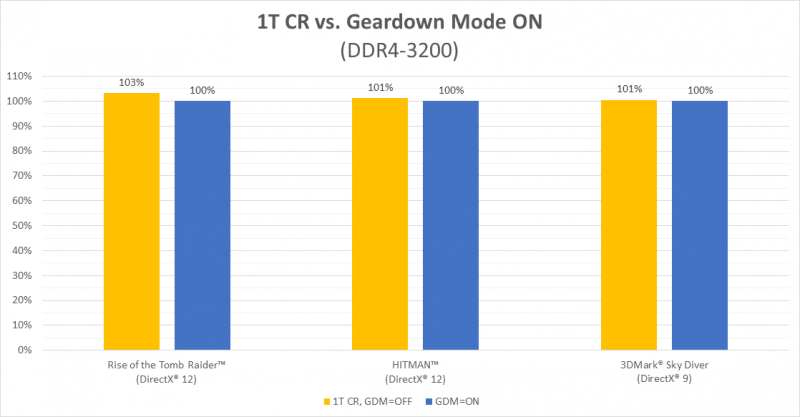
BankGroupSwap
AMD says:
“BankGroupSwap (BGS) is a new memory mapping option in AGESA 1.0.0.6 that alters how applications get assigned to physical locations within the memory modules; the goal of this knob is to optimize how memory requests are executed after taking DRAM architecture and your memory timings into account. The theory goes that toggling this setting can shift the balance of performance in favor of either games or synthetic apps.
Our data seems to bear this out. Our games got a little faster with BGS off, while AIDA64 memory bandwidth was higher with BGS ON.”
